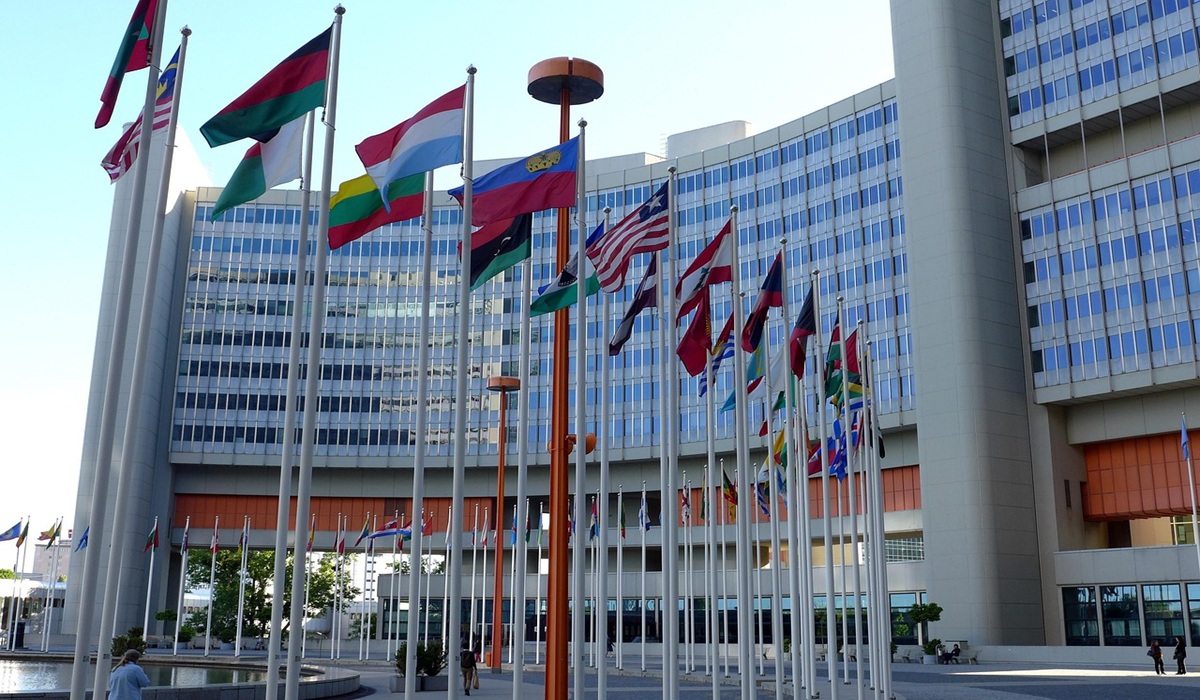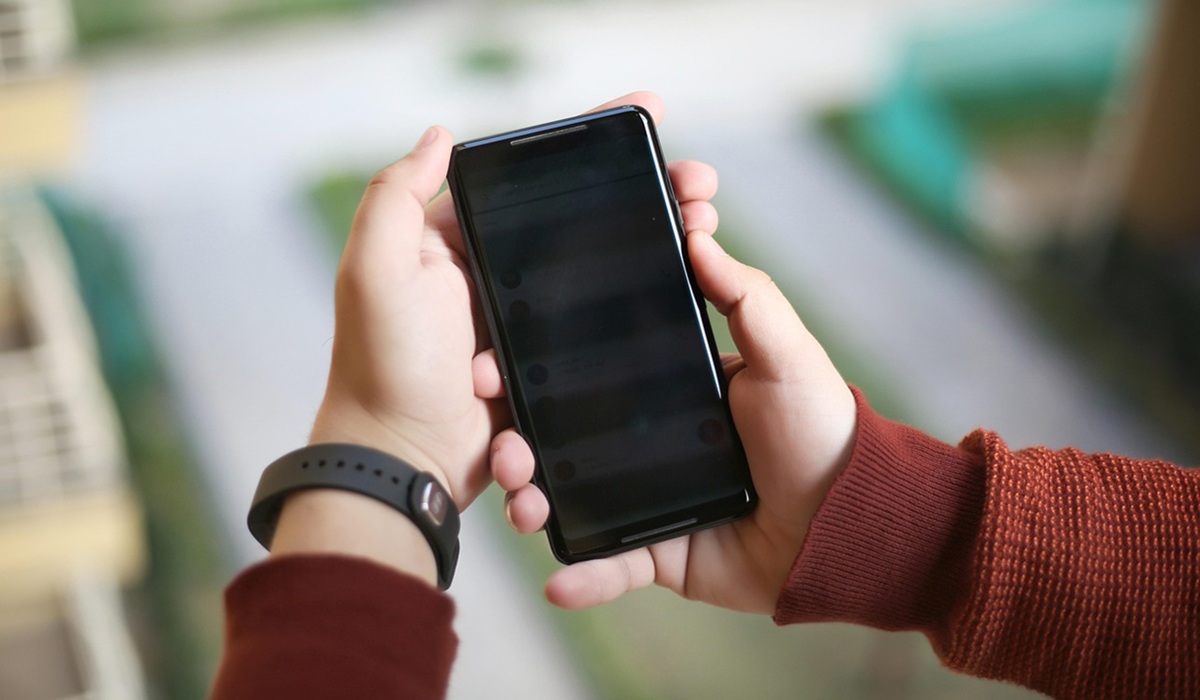The Law of Reversibility: The Hidden Principle Shaping Our Lives
- Ingrid Jones
- Trending News
- August 13, 2025

Image Credit: Olcay Ertem
It is not taught in schools, rarely discussed in conversation, and almost never mentioned in the same breath as more popular ideas like the law of attraction. Yet the Law of Reversibility may quietly be one of the most powerful forces shaping how people think, feel, and connect with one another.
The principle is straightforward but far-reaching. It states that if a cause can produce a certain effect, then under the right conditions, that effect can also produce the original cause. It is a rule well-known in science — heat can produce motion, and motion can produce heat — but its impact on human life extends far beyond physics. In people’s daily lives, this law suggests that if a mental state can cause a physical action, then that physical action can generate the same mental state.
Its influence can be seen in small, personal moments. A couple, married for years, begins to feel the distance growing between them. The relationship is functional but lacking warmth. One partner decides to reintroduce the gestures they once shared: the morning coffee placed on the bedside table, the light touch during conversations, the willingness to listen without rushing. At first, the effort feels like a routine rather than a romance. But over time, the deliberate actions bring back the very feelings that had inspired them in the early years. Acting in love revives love.
The same process can transform individuals. Someone moving to a new city might feel invisible in the crowd, unsure of where they belong. Instead of waiting for confidence to appear, they begin to move as confident people do — standing taller, walking with purpose, making eye contact. In the beginning, it feels like play-acting. But slowly, the body convinces the mind, and confidence becomes genuine. The posture changes the feeling just as much as the feeling changes the posture.
The Law of Reversibility is not limited to private lives. Communities have experienced its effects, sometimes without realizing it. In a neighborhood where old divisions had hardened into suspicion, efforts at dialogue had failed for years. Change began not with formal meetings but with a shared task — a volunteer project to clean and restore a public park. At first, participants worked in silence, divided by unspoken boundaries. Over the weeks, cooperation on simple physical tasks created a rhythm. People began to recognize each other, exchange small gestures of assistance, and eventually develop a shared pride in the space they had reclaimed together. Working together first produced the trust that had once been considered a prerequisite for working together.
This is the quiet genius of the Law of Reversibility. Most people believe they must wait for the right mood before they can take the right action. The law suggests the opposite can be just as true. The action itself can give rise to the mood. Waiting for the feeling to arrive can keep people trapped in cycles of hesitation, resentment, or stagnation. Acting deliberately — even before the feeling is there — can break the cycle.
The law remains largely unknown because it demands something that runs against instinct: to begin before the readiness comes. Yet those who practice it find that it offers a reliable way to shift perspective, mend relationships, and restore hope. It bridges the gap between intention and reality. By walking in the direction of the feeling you want, you often arrive there sooner than expected.
The Law of Reversibility may not have the glamour of more famous ideas, but its impact can be profound. It offers a way to change not only how people feel but also how they connect with each other and how communities move toward peace. It is a reminder that emotions and actions are not fixed in one direction, but flow both ways — and that sometimes, taking the first step is the surest way to change the path ahead.








